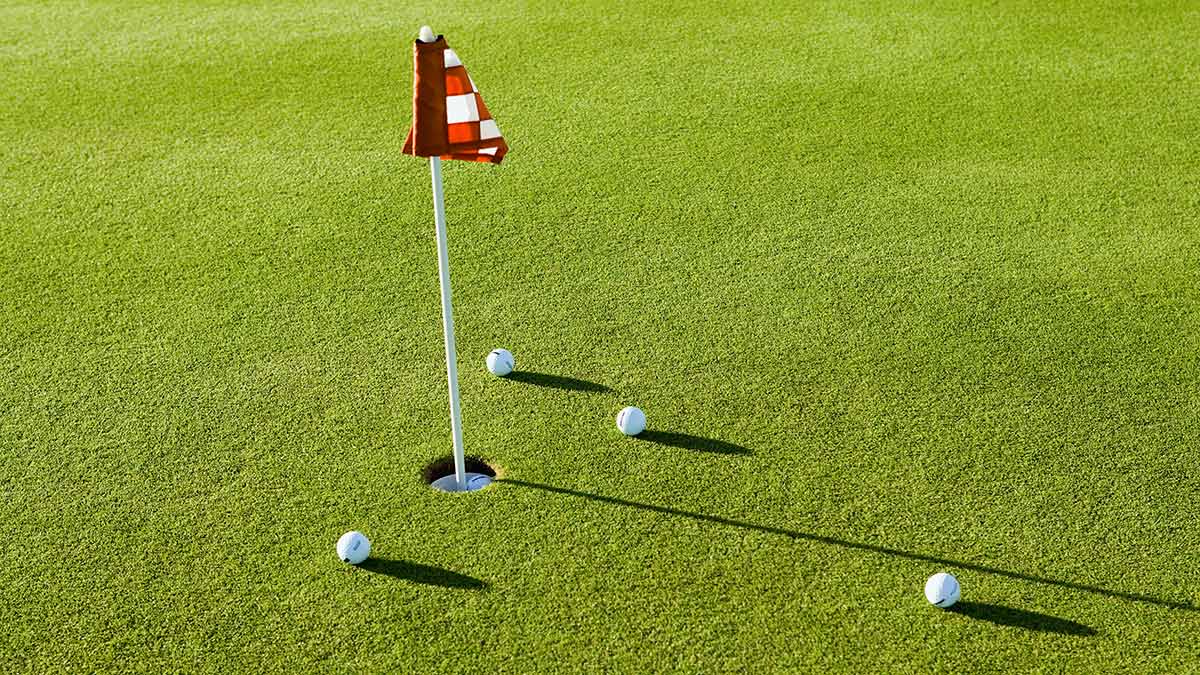There are lots of ways to ruin your round before it even begins, but there are also several ways for you to smartly prepare yourself for a promising day on the golf course. One method is to not only dial in your putter, but to gain a good understanding of the green speeds you’re about to face.
Andrew Park is a GOLF Top 100 Teacher who works out of Orange County National in Winter Garden, Fla., and he recently shared a tip that’s bound to help all amateurs during their pre-round putting warmup. The key? Practicing your putts in the right “batting order.”
“I would go in order; I would go longest putts first, then medium, and then end with short ones,” said Park, while at GOLF’s Top 100 Teachers Retreat in Scottsdale, Ariz., in December. “Because that is actually the batting order when you are putting. A lot of people start with short ones first, but then on the course they didn’t realize the greens were so fast since they didn’t hit some long ones — they didn’t watch the ball roll out.
“Because where do people three-putt?” Park continued. “It’s usually from the first putt, a bad lag putt. Usually the first putt is the longest putt — hopefully — so I would start long, then go medium, then short.”
For short putts, Park says stick with straight 3- or 4-footers, which will allow you to clean up your stroke. As for long putts, they can be “as long as you can,” Parks says. “You don’t have to go to a hole, but can go from one edge of the green to the other and just roll it up to the boundary. You are just trying to get the distance control.”
Now, with that bit of putting practice settled, here are 10 putting green etiquette rules you should be aware of. That way you’ll be all set next time you step onto the practice green before your round starts.
